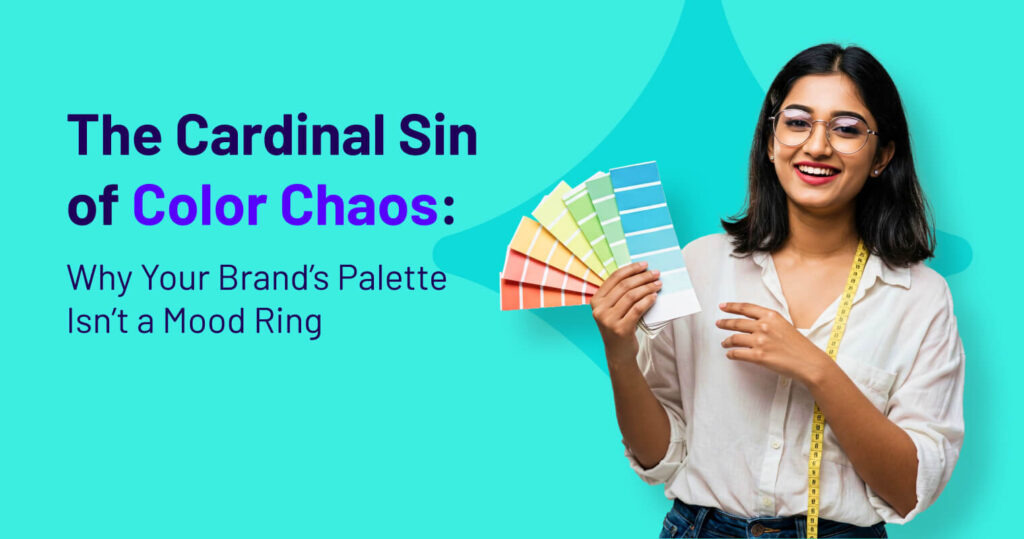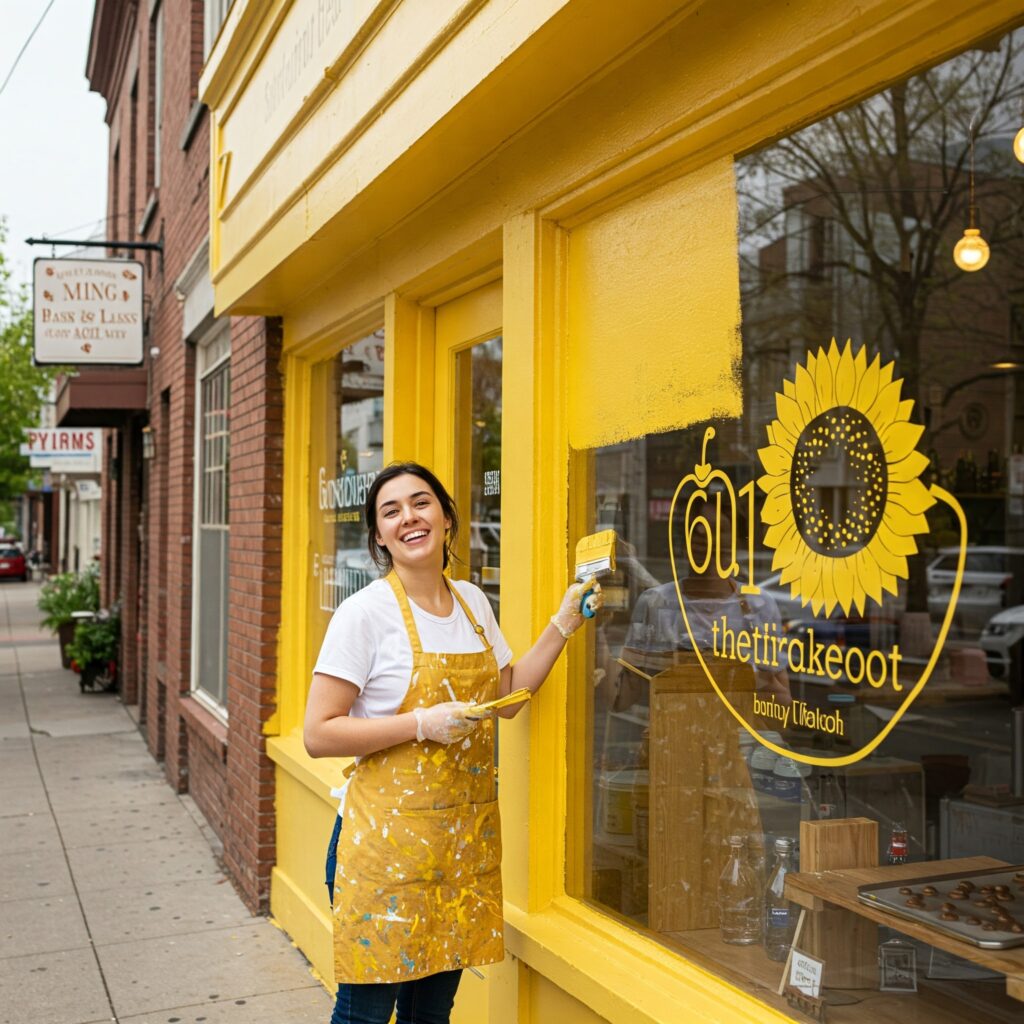
The Cardinal Sin of Color Chaos: Why Your Brand’s Palette Isn’t a Mood Ring
As a graphic designer, I’ve seen things. Horrifying things. Things that keep me up at night, clutching my Pantone swatches like a security blanket. But nothing haunts me quite like The Brand That Won’t Stick to Its Color Palette.
You know the type. One day their logo is a sleek, sophisticated navy. The next, it’s neon pink because “it pops.” A month later, a rogue intern decides that forest green feels right. Before you know it, their brand is an aesthetic rollercoaster of chaos, and customers are left wondering, Is this the same company, or did I accidentally stumble onto a completely different website?
Color Matters More Than You Think
Think of the biggest brands in the world—Nike, McDonald’s, Coca-Cola, Starbucks. Now imagine if they changed their brand colors every few months like a college student redecorating their dorm room.
• McDonald’s: One day, those golden arches are bright red. The next, they’re pastel purple. People would start wondering if McDonald’s had been bought out by a fancy French bakery.
• Starbucks: What if they randomly ditched their signature green for an aggressive shade of orange? Suddenly, your morning latte would feel like it belonged to a tech startup rather than your favorite cozy café.
• Coca-Cola: Imagine if one day the can was yellow, then green, then a soft millennial pink. Consumers would have a branding-induced identity crisis. Is this still Coke? they’d whisper, suspiciously sipping their soda.
These companies understand something crucial: consistency breeds recognition. You don’t have to see the name “McDonald’s” to know you’re near one—you see that red and yellow and instantly crave fries.

Your Brand’s Colors Are Its Personality
Your brand’s color palette isn’t just a random selection of “pretty” hues—it’s a vital part of your identity. It sets the tone, creates familiarity, and builds trust with your audience.
If you constantly change your colors, your brand loses its sense of reliability. Customers start to question whether they’re in the right place. And worst of all? Your business starts to look unprofessional.
The Excuses (And Why They’re Wrong)
“I just like to mix it up!”—Great for your wardrobe. Bad for your brand.
“But I saw a cool trending color and wanted to use it!”—Trends fade. Your brand should be timeless.
“Our competitors are using the same colors!”—Good! That means customers already associate those colors with your industry. Stand out with your message, not by confusing people with rainbow branding.
How to Stick to Your Palette Without Getting Bored
• Use color variation wisely: Have primary and secondary colors to create variety without losing cohesion.
• Introduce colors subtly: If you must add new colors, make them accents, not the main event.
• Revisit your palette with intention: If a color shift is truly needed, do it strategically—not because Mercury is in retrograde and you’re feeling spontaneous.
The Final Word: Stay True to Your Colors
Your brand’s color palette is sacred. Treat it like your personal design commandments: Thou shalt not swap navy for lime green just because it looks “fun” this week.
Commit to your colors, and your audience will commit to you. Otherwise, don’t be surprised when customers scroll past your brand, thinking, Wait… who even are you?
